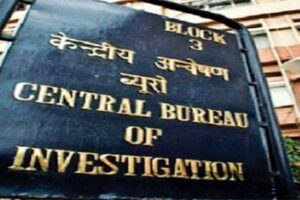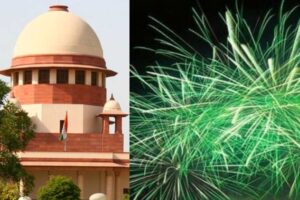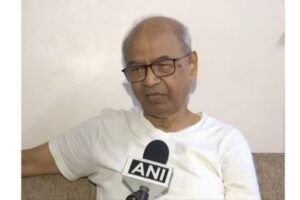
Exit polls are surveys conducted with voters immediately after they have cast their ballots and exited the polling stations during elections. These polls aim to predict the outcome of an election by gathering data on voter demographics, behavior, and candidate preferences. They provide early insights into election results before official tallies are released.
https://www.youtube.com/watch?v=Z52ZhC3dbhs
Process of conducting exit polls involves steps such as:
1. Sampling: Pollsters select a representative sample of polling stations across various regions to ensure a diverse and accurate reflection of the electorate. The selection process aims to cover different demographics, including age, gender, ethnicity, and socioeconomic status.
2. Questionnaire Design: Exit poll questionnaires are designed to gather information about voters’ demographics, voting behavior, and reasons for their choices. Questions may include who the voter voted for, their age, gender, education level, income bracket, and political affiliation.
3. Data Collection: Trained interviewers stationed near polling stations approach voters as they exit and ask them to participate in the exit poll. Participation is voluntary, and respondents have the option to decline. Those who agree to participate are asked to fill out the questionnaire anonymously.
4. Data Analysis: Once the polling stations close and the data collection phase is complete, the collected information is compiled and analyzed. This analysis involves aggregating the responses and identifying patterns and trends among different demographic groups.
5. Prediction: Based on the analyzed data, pollsters make predictions about the election results. These predictions are often reported to the public through media outlets before the official results are announced by electoral authorities.
Exit polls have several advantages and limitations:
Advantages:
• Timely Insights: Exit polls provide early indications of election results, allowing media outlets and the public to gauge the potential outcome before official results are available.
• Voter Behavior Analysis: They offer valuable insights into voter behavior, including demographic voting patterns and shifts in political preferences.
• Transparency: Exit poll methodologies are typically transparent, allowing researchers and the public to scrutinize the process and assess the validity of the predictions.
Limitations:
• Sampling Bias: Despite efforts to select a representative sample, exit polls may suffer from sampling bias if certain demographic groups are underrepresented.
• Response Bias: Not all voters agree to participate in exit polls, leading to potential bias if those who decline to participate differ systematically from those who agree.
• Margin of Error: Like any survey, exit polls have a margin of error, meaning that the predicted results may deviate from the actual outcome.
• Early Predictions: Early release of exit poll results may influence voter behavior and turnout, potentially affecting the final election results.
Regulations Governing Exit Polls
Exit polls cannot be conducted or publicized until 30 minutes after the last vote is cast, as per regulations set forth by the Election Commission of India (ECI). This is in accordance with Section 126A of the Representation of the People Act, 1951.
The Act explicitly prohibits the dissemination of exit poll results via print, electronic media, or any other means before 6:30 pm on June 1st, the day of the last round of polling. Violation of these regulations carries penalties, including imprisonment for up to two years or fines, or both, as stipulated by law.
For a party or coalition to secure power at the Centre, they must win a minimum of 272 out of the 543 Lok Sabha seats.
Looking Ahead to the 2024 Elections
In the 2024 elections, the Bharatiya Janata Party (BJP), leading the National Democratic Alliance (NDA), is vying for a historic third term. The incumbent alliance faces opposition from parties led by the Congress, united under the banner of the INDIA bloc. The results of the Lok Sabha Elections 2024 are scheduled to be announced on 4th June, 2024.
Exit polls serve as invaluable instruments for predicting election outcomes and comprehending voter behavior. However, meticulous attention to methodology and interpretation is imperative to ensure accuracy and substantive insights.




